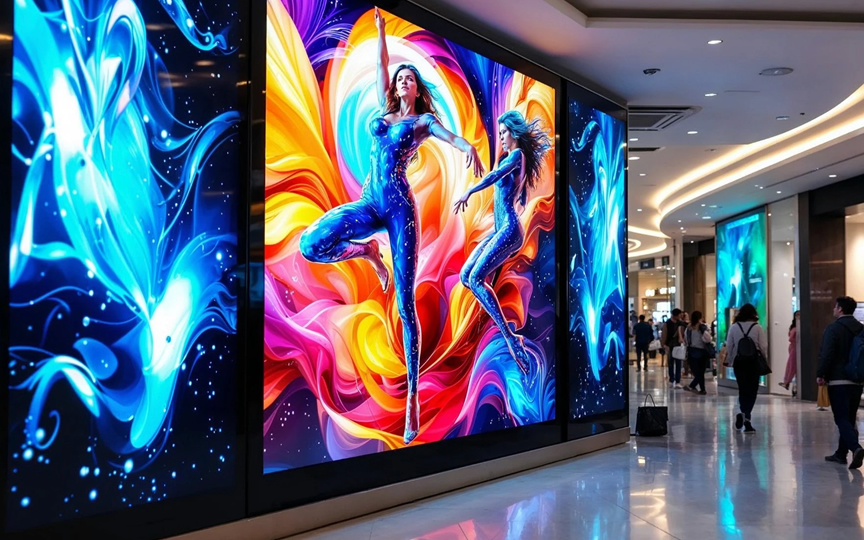When it comes to LED displays, the variety of options can be overwhelming for new buyers. Different applications require different types of displays, and understanding the basic categories will help you make a better decision for your project. The most common types in the market today include indoor LED displays, outdoor LED displays, rental LED displays, and transparent LED displays. Each has its own design features, performance standards, and ideal usage scenarios.

Indoor LED displays are designed for environments where viewers are relatively close to the screen. You’ll find them in shopping malls, corporate lobbies, airports, museums, and conference rooms. These displays usually feature finer pixel pitches, often below 2.5mm, to ensure clear and sharp images even at close distances. Because they are installed indoors, their brightness levels are lower than outdoor models, making them more energy-efficient. They are also designed to be lightweight and slim, allowing easy installation on walls or mounting structures without taking up too much space.
Outdoor LED displays are built to withstand weather conditions such as rain, dust, heat, and strong sunlight. They use higher brightness levels to remain visible in daylight, often reaching 5000 to 8000 nits or more. The pixel pitch for outdoor displays is larger than indoor screens, as these displays are typically viewed from greater distances. You will see outdoor LED displays used in advertising billboards, stadium screens, transportation terminals, and city center installations. Durability, waterproofing, and anti-UV protection are critical factors for outdoor screens to perform reliably over the long term.
Rental LED displays are a flexible solution for temporary installations like events, concerts, exhibitions, and stage backdrops. The key advantage of rental LED screens is their fast assembly and disassembly design. They feature lightweight frames, quick-locking systems, and modular structures that can be quickly configured in different sizes and shapes according to event requirements. Rental LED displays are available in both indoor and outdoor versions, making them versatile for various event venues.
Transparent LED displays are a more creative and modern option. These screens are designed to blend into glass structures such as shop windows, glass walls, and building facades. The display allows light and visibility to pass through, meaning people can still see inside a store or building while the LED content is playing. Transparent LED displays are popular in retail stores, luxury brand showrooms, and commercial architecture where both aesthetics and advertising impact matter. They are lightweight, highly transparent, and provide bright, colorful visuals without blocking the view.
Each type of LED display serves a specific market need. Before making a purchase, it’s important to clearly define your project goals, location, and audience. An indoor showroom screen requires a different technical approach than an outdoor advertising billboard or a stage rental solution. Working with an experienced LED display manufacturer who offers a wide range of products will ensure that you receive the right technology and support for your business.

